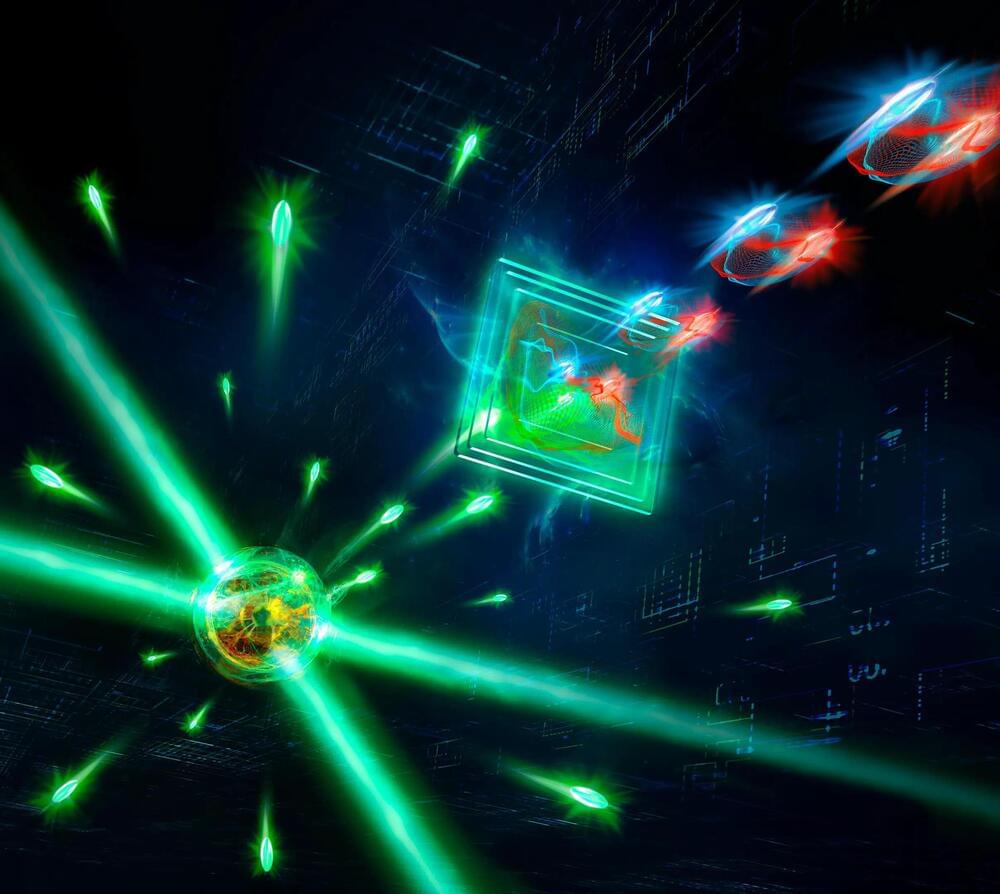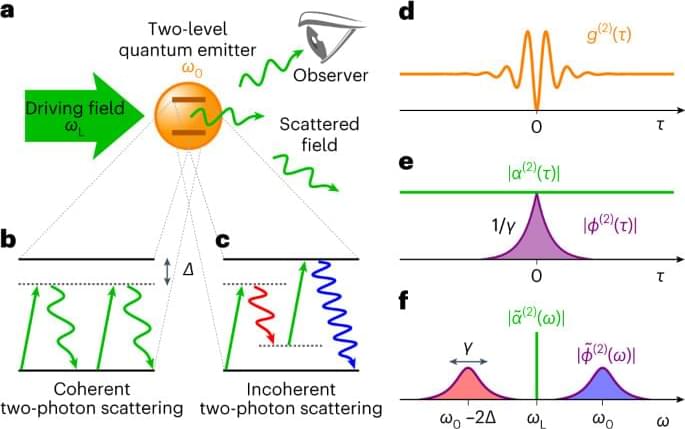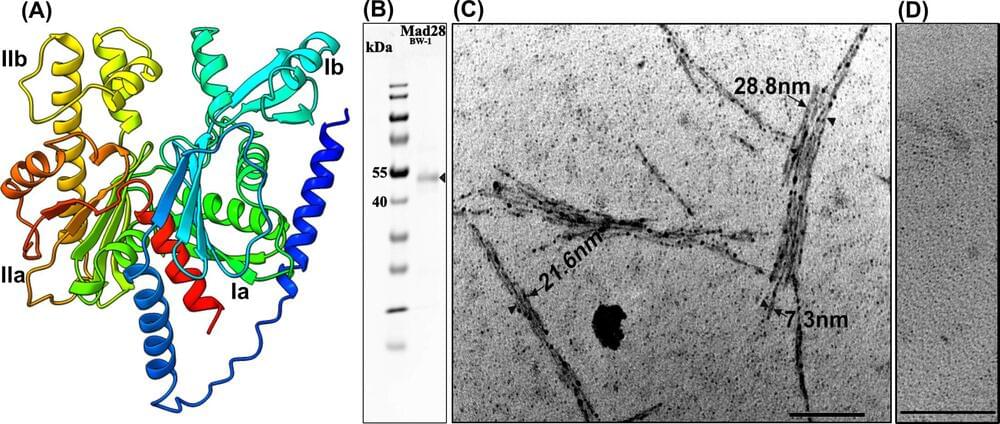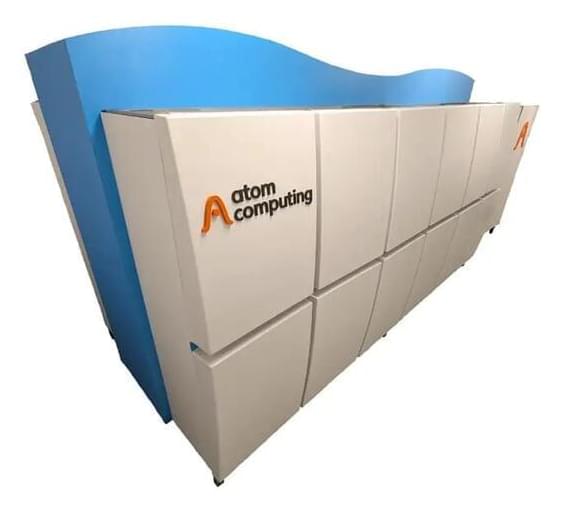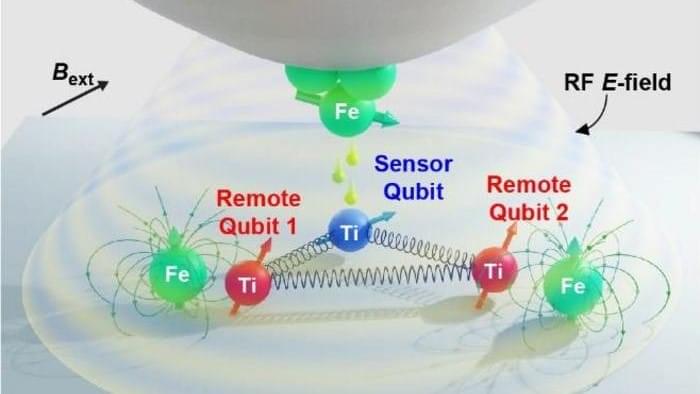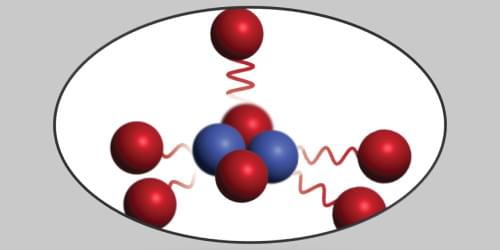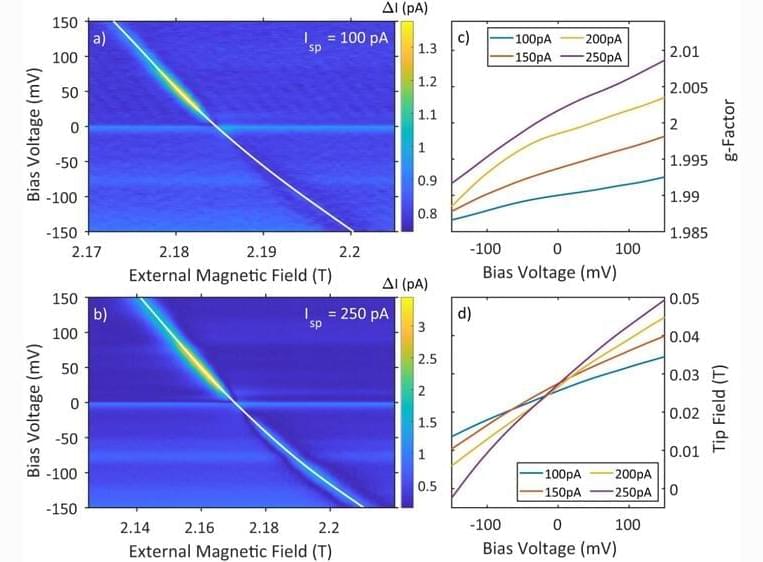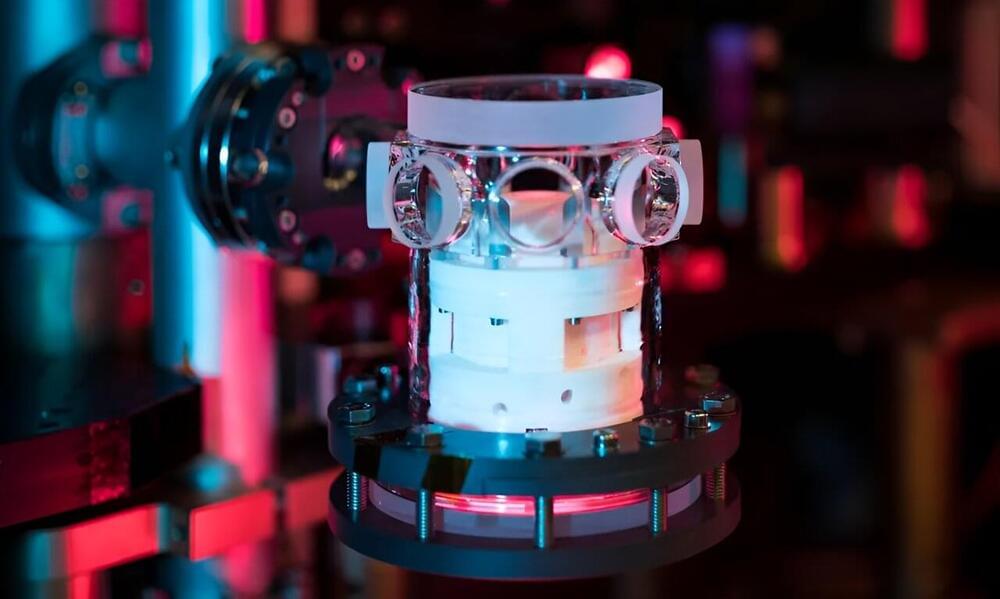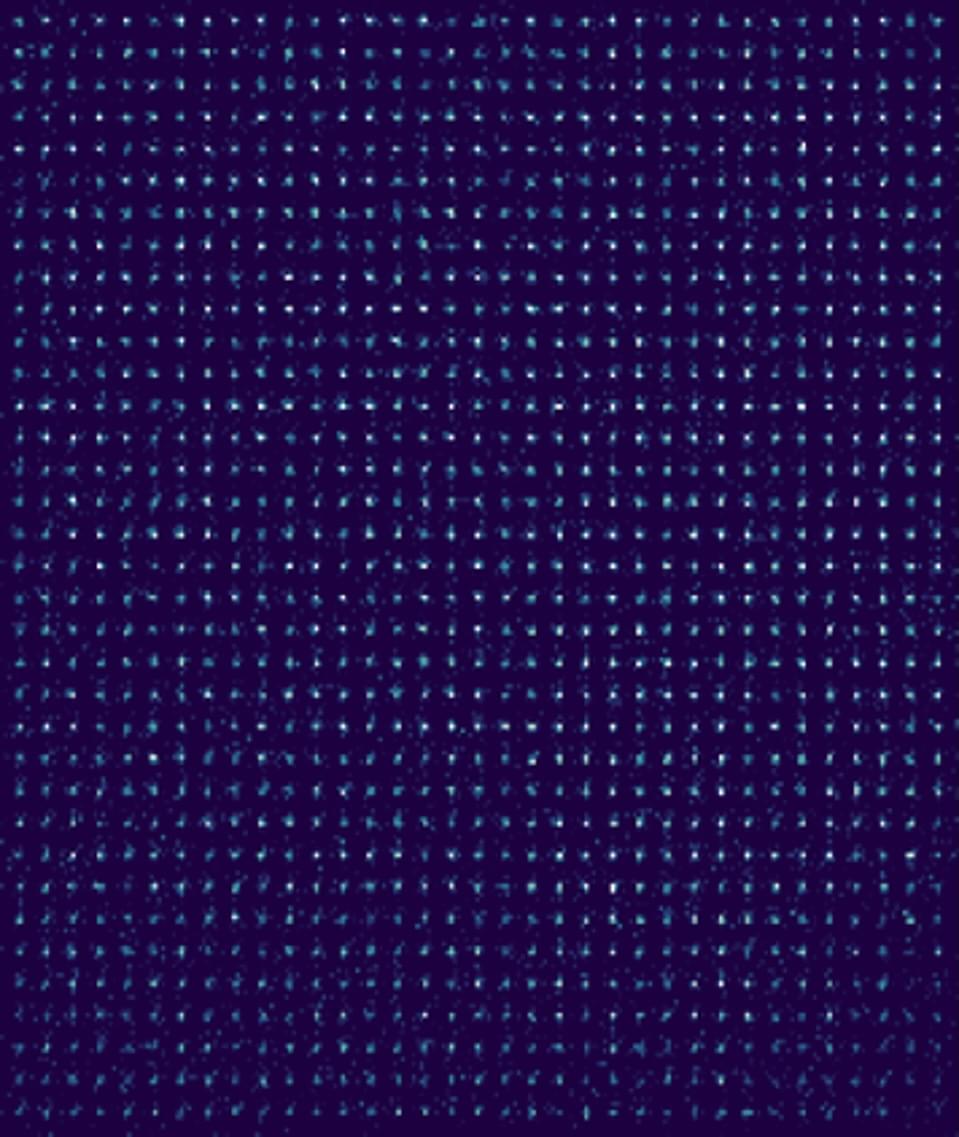Physicists, building on Lev Landau’s theory of quasiparticles, used ultracold quantum gases to simulate electron behavior in solids. Their recent experiment revealed that these quasiparticles can have both attractive and repulsive interactions, underscoring the significance of quantum statistics.
An electron moving through a solid generates a polarization in its environment due to its electric charge. In his theoretical considerations, the Russian physicist Lev Landau extended the description of such particles by their interaction with the environment and spoke of quasiparticles. More than ten years ago, the team led by Rudolf Grimm at the Institute of Quantum Optics and Quantum Information (IQQOI) of the Austrian Academy of Sciences (ÖAW) and the Department of Experimental Physics of the University of Innsbruck succeeded in generating such quasiparticles for both attractive and repulsive interactions with the environment.
For this purpose, the scientists use an ultracold quantum gas consisting of lithium and potassium atoms in a vacuum chamber. With the help of magnetic fields, they control the interactions between the particles, and by means of radio-frequency pulses push the potassium atoms into a state in which they attract or repel the lithium atoms surrounding them. In this way, the researchers simulate a complex state similar to the one produced in the solid state by a free electron.
